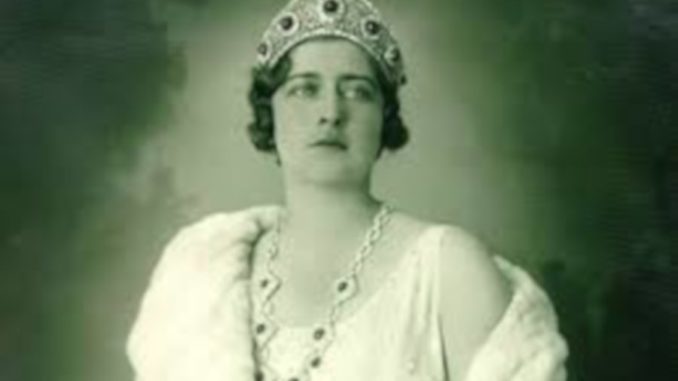
Belgrade – Queen Maria Karadjordjevic of Yugoslavia was rehabilitated on Monday by a decision of the High Court in Belgrade, which also declared null and void a decree from 1947 that stripped her of citizenship and property.
At a hearing in the Palace of Justice in Belgrade, the court ruled that, by a decision of the Presidency of the Presidium of the Federative People’s Republic of Yugoslavia, Queen Maria was deprived of her human rights such as the right to vote, the right to property and the right to citizenship due to political and ideological reasons.
The request to rehabilitate Queen Maria Karadjordjevic was filed in October 2013 by descendants of Princes Tomislav and Andrew Karadjordjevic – Princesses Lavinia and Katherine and Princes Dimitri and Michael.
The decision will allow the heirs of the royal family to reclaim the seized property pursuant to the law on restitution.
Explaining the request for rehabilitation, attorney Dusanka Subotic Homen said that Queen Maria never interfered in state affairs and that she was only involved in charity work.
She cared for several hundreds of people disabled in World War I and widows and orphans of those killed in the war, not only in Serbia, but Slovenia and Croatia as well.
She opened hospitals, children’s clinics and schools and relied on her own funds to send aid to prisoners of war and the needy during WW II.
For that reason, French President Charles de Gaulle awarded her the Legion of Honour in 1959.
“This is a very happy day for us. Queen Maria devoted her life to the people and she will now take the place in history that she deserves,” Princess Linda Karadjordjevic told reporters after the ruling was announced.
Maria was a Romanian princess and a great-granddaughter of the British Queen Victoria. She was born in Germany in 1900, and obtained her education in Romania and England.
She married Alexander Karadjordjevic – then the king of the Kingdom of Serbs, Croats and Slovenes, and later the Kingdom of Yugoslavia – in 1922 in the Cathedral Church in Belgrade.
After the wedding, she joined the social life of the kingdom, helping poor children – in particular, poor girls, whom she helped to get education and find jobs.
She was remembered by the people as a modern, but a modest, immediate and humane ruler, and became known as the “Queen Mother”.
She had three sons with King Alexander – Peter, Tomislav and Andrew. After the assassination of the king in 1934 in Marseille, France, Maria went to England with the two younger sons, leaving behind Peter II, who was under age at the time, to rule the country with a regency.
Following the attack of Hitler’s Nazi Germany and the subsequent capitulation of the Kingdom of Yugoslavia, King Peter II and the government fled the country.
After World War II and the establishment of communist rule, the entire royal family was banned from returning to the country, with their citizenships rescinded and all property seized in 1947.
The Serbian parliament scrapped the decision 13 years ago.
Queen Maria Karadjordjevic died in poverty on June 22, 1961 in her London flat. She was buried at the Frogmore Royal Burial Ground in Windsor, near the grave of her great-grandmother, Queen Victoria.
However, her remains were taken to Serbia last year and she was buried on May 26 in the family mausoleum at Oplenac near a poplar tree where she rests next to her son and daughter-in-law, King Peter II and Queen Alexandra.(TANJUG)



